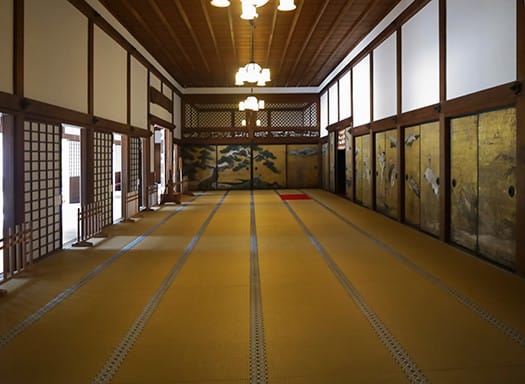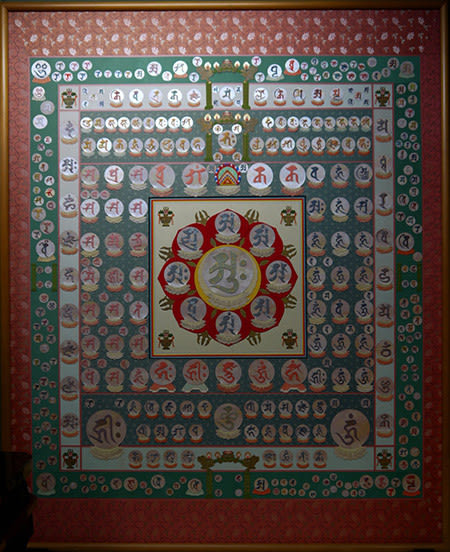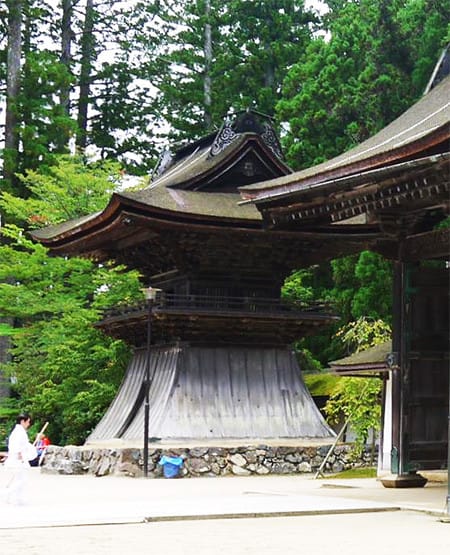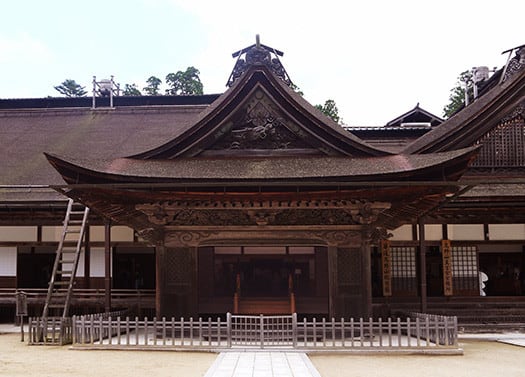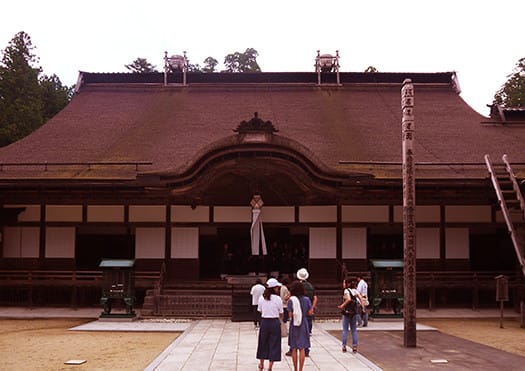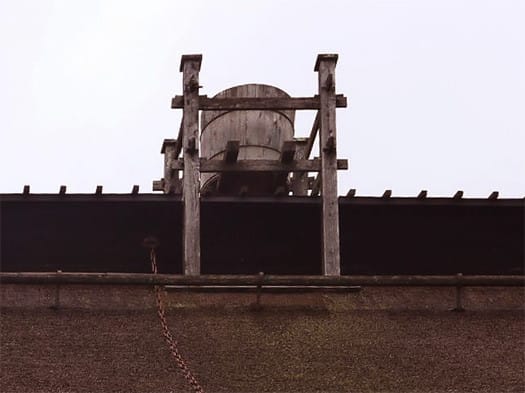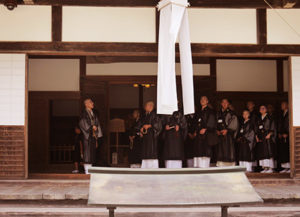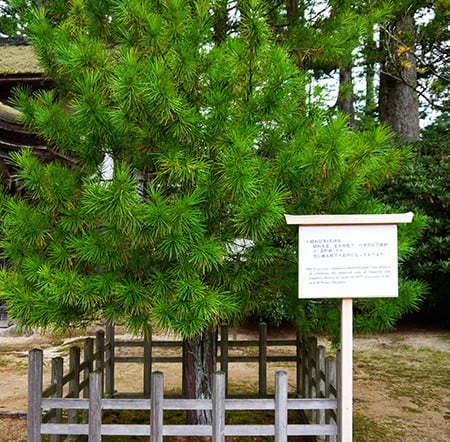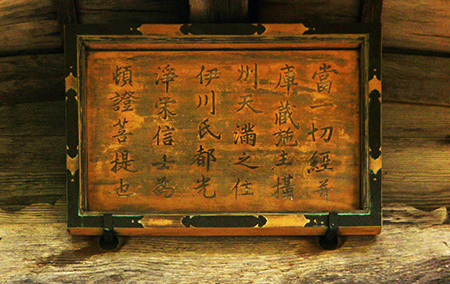


臨時ニュース特報であります(笑)。
昨日、10月30日にTSUTAYA江別店でReplanが開くイベント開催。
書店の盛り上げに寄与し併せて地元の家づくりとの交流機会を作ろうという
イベント趣旨。そのために「手づくり家具」をテーマに参加者募集。
社会情勢もあって開催日のプランを探ってきましたが、
ついに昨日開催することができました。
ということで今号の紙面でも「江別特集」という特集を掲載して
このイベントを視野に地域全体としての建築と書店の調和発展を企画した次第。
建築雑誌としてのイベントと言うことでご家庭でのDIY的な
家具の製作支援にテーマを絞り込んで手づくり家具教室。
写真のような出来上がりイメージのインテリア創作です。
お声かけしたのは全5家族を想定していたのですが、なんと大好評で
倍の10組ご家族からの申込みをいただきました。
ということで午後1回の開催では収まらず、午前午後と2回に分けて開催。

ご家族連れでの参加が多かったのですが、単身の方からも申込みがあったり、
また、意外にも女性のみなさんの関心が高いこともわかりました。
小学生くらいかなと思われる女の子がお父さん以上に打ち込んでいる(笑)。
指導先生役、木工部材・道具提供などで地元の工務店2社、
多田工務店さんとネオス建築さんの社長さんが協力していただけました。
でも地域のみなさんとこうして触れあえる機会というのは
各社さんにも得がたいのではと思われます。
必死に家具製作に取り組んでいるみなさんにアドバイスするのも笑顔いっぱい。
参加者の中には「これから家づくりを考えている」ご家族もいたので
好感度は相互にアップしたのではないかと思います。
店内の多くのお客様もこの様子を興味深そうに参観されていました。
TSUTAYA江別店は札幌市の北東に近接する江別市に位置。
写真のように周辺の緑地環境のなか、自然景観と融合する書店として
非常にユニークかつ魅力的な店舗です。
本と自然環境が饗宴する雰囲気の中で知性が刺激されるような空間です。
敷地も広大な空間に展開していて、駐車場スペースも全500台と超巨大。
きのうはその巨大駐車場がほぼ満杯になっておりました。
しばらくぶりの抜けるような好天に誘われ緑の環境の中、
店舗内にはたくさんの食事スペースや「蚤の市」なども出店していて
さながら1店舗全体でひとつのユニークな「街区」を作っている。
弊社の出版・情報発信姿勢についても深くご理解いただいて、
Replan誌をはじめ各種の特集・増刊号・Mookをほぼすべてお取り扱いくださり
またたいへん好調な売れ行きとなっております。
出版事業の今後は、こうした書店の積極的な姿勢と協働して
ひろく知の世界を掘り起こし盛り上げていく必要性が大きいと思っています。
English version⬇
[Special news: Replan event very popular at TSUTAYA Ebetsu store]
This is a special news report (laughs).
Yesterday, an event was held by Replan at the TSUTAYA Ebetsu store on October 30th.
To contribute to the excitement of bookstores and create opportunities for interaction with local home building
The purpose of the event. For that purpose, we are recruiting under the theme of "handmade furniture".
I have been searching for a plan for the date due to social conditions,
Finally we were able to hold it yesterday.
So, in this issue of the paper, we also posted a special feature called "Ebetsu Special Feature".
With this event in mind, I planned the harmony development of architecture and bookstores as a whole area.
It's an event as an architectural magazine, so it's like DIY at home
Handmade furniture class focusing on furniture production support.
It is an interior creation with a finished image like the picture.
I was expecting all five families to speak to me, but it was very popular.
We received applications from 10 double families.
Therefore, it was not possible to hold it once in the afternoon, but it was held twice in the morning and afternoon.
Most of the participants were with their families, but there were also applications from singles.
I also found that women are surprisingly interested in it.
A girl who seems to be an elementary school student is devoting more than her father (laughs).
Two local construction shops, as a teacher, providing woodwork and tools, etc.
Mr. Tada Komuten and the president of Neos Architecture cooperated.
But the opportunity to interact with the local people in this way is
It seems that it is difficult for each company to obtain it.
It's a lot of smiles to give advice to everyone who is desperately working on furniture production.
Some of the participants were "thinking about building a house", so
I think that the liking has improved each other.
Many customers in the store were also interested in this situation.
The TSUTAYA Ebetsu store is located in Ebetsu, which is located in the northeast of Sapporo.
As a bookstore that blends with the natural landscape in the surrounding green space as shown in the photo
It's a very unique and attractive store.
It is a space where intelligence is stimulated in an atmosphere where books and the natural environment feast.
The site is also spread over a vast space, and the parking space is huge with a total of 500 cars.
The huge parking lot was almost full yesterday.
In a green environment, invited by the sunny weather for the first time in a while
There are many dining spaces and flea markets in the store.
Just like one store as a whole, one unique "block" is created.
Please deeply understand our publishing and information dissemination attitude.
Please handle almost all special features, special issues, and Mook including Replan magazine.
It is also selling very well.
In the future of the publishing business, in collaboration with the positive attitude of these bookstores
I think there is a great need to dig up and excite the world of knowledge.













